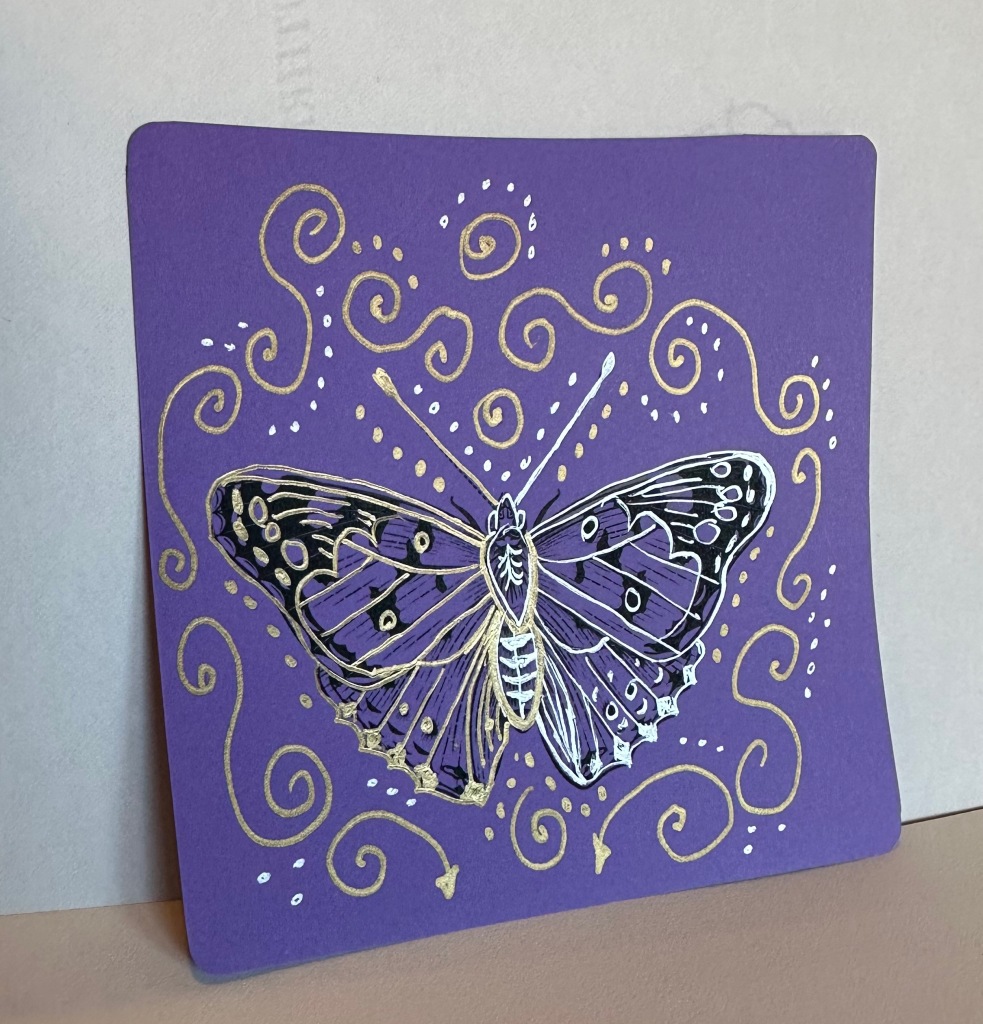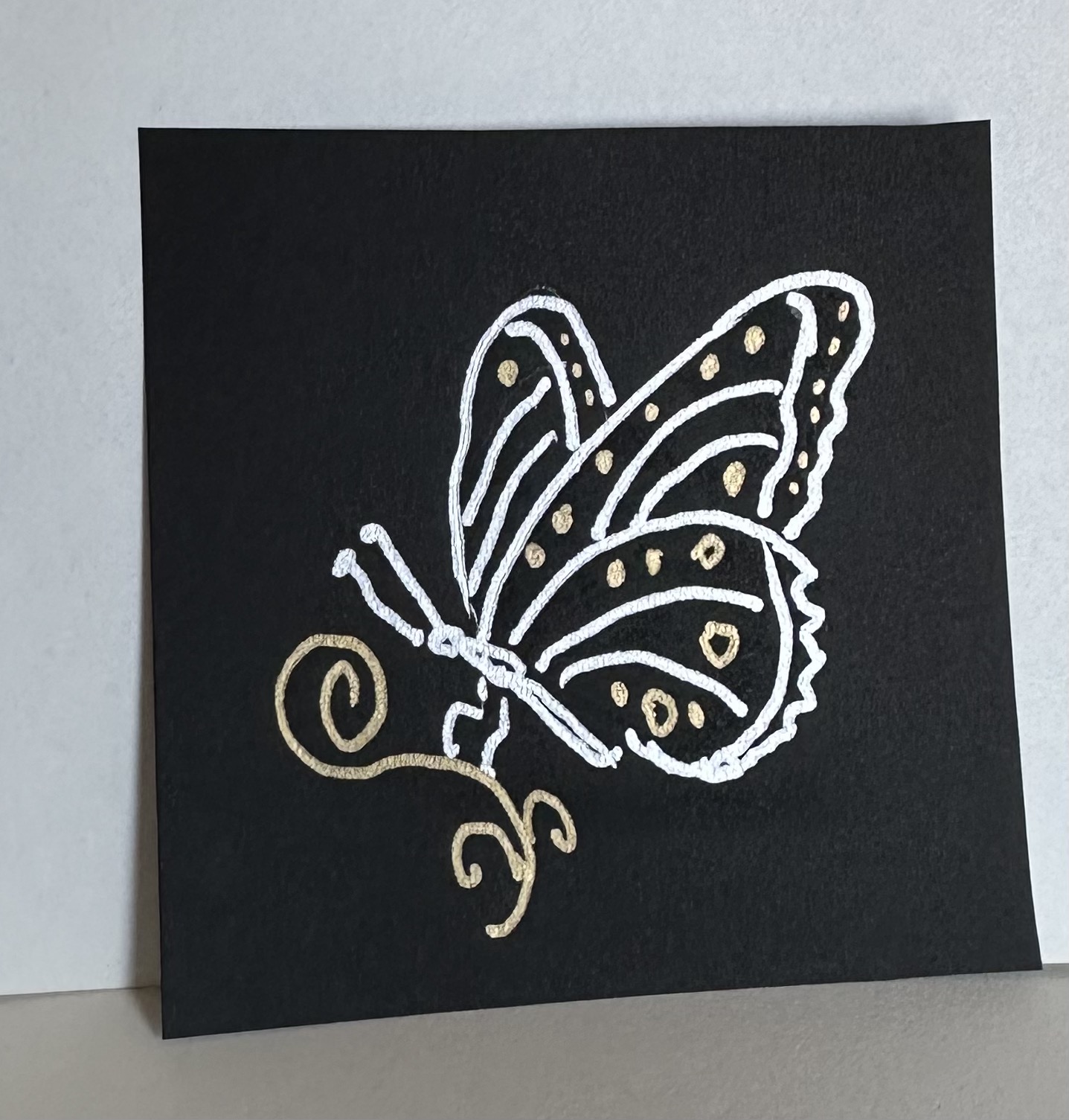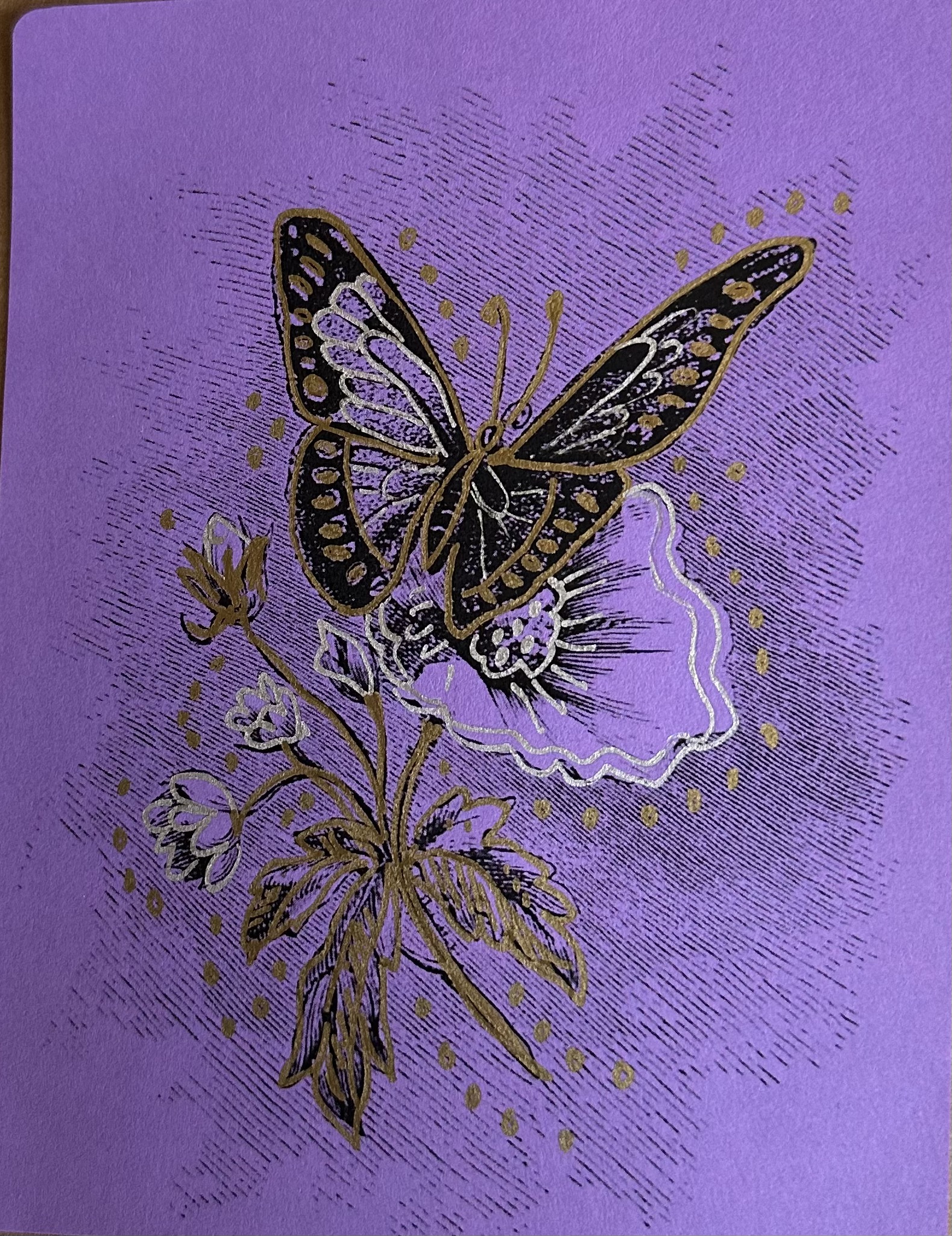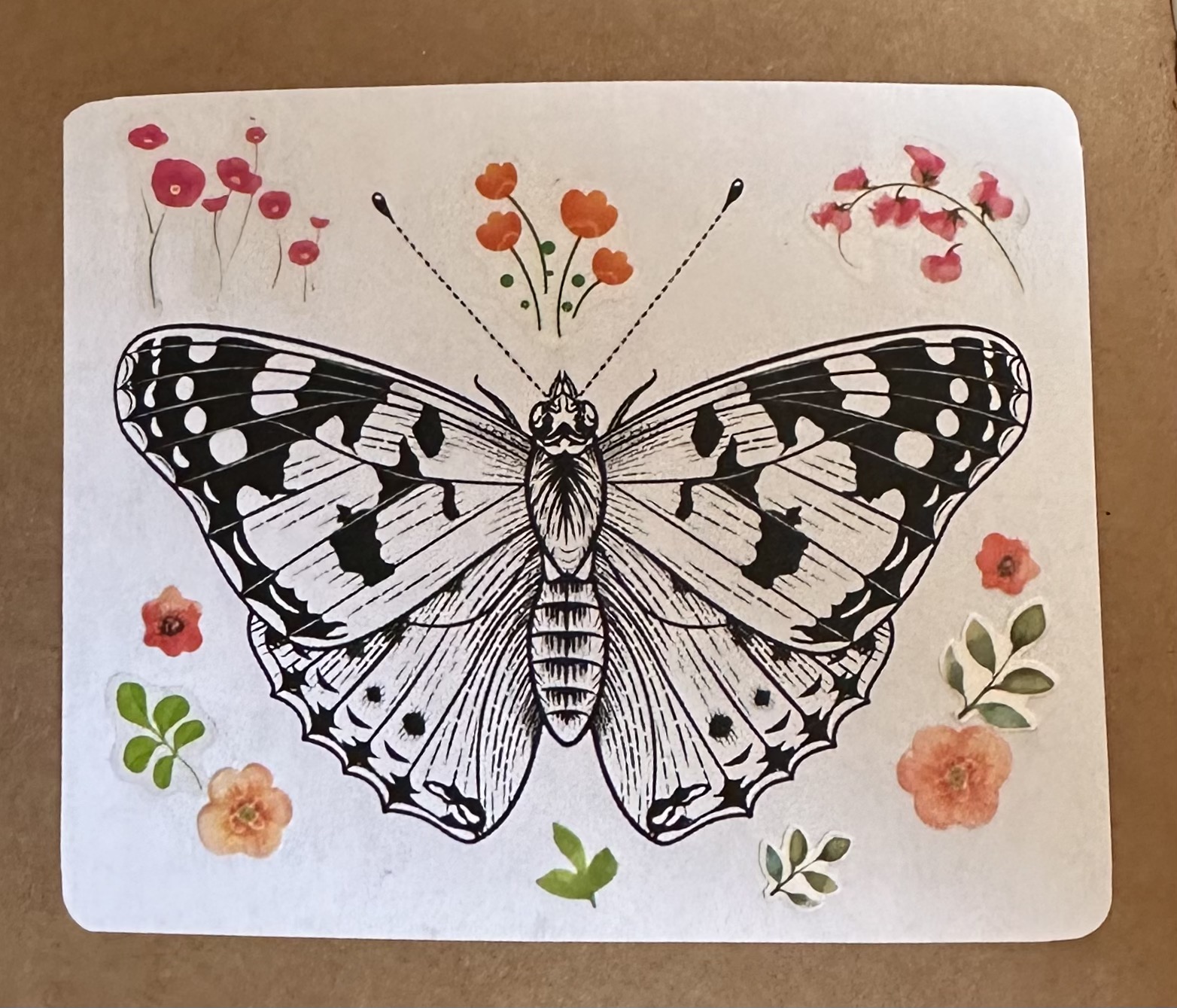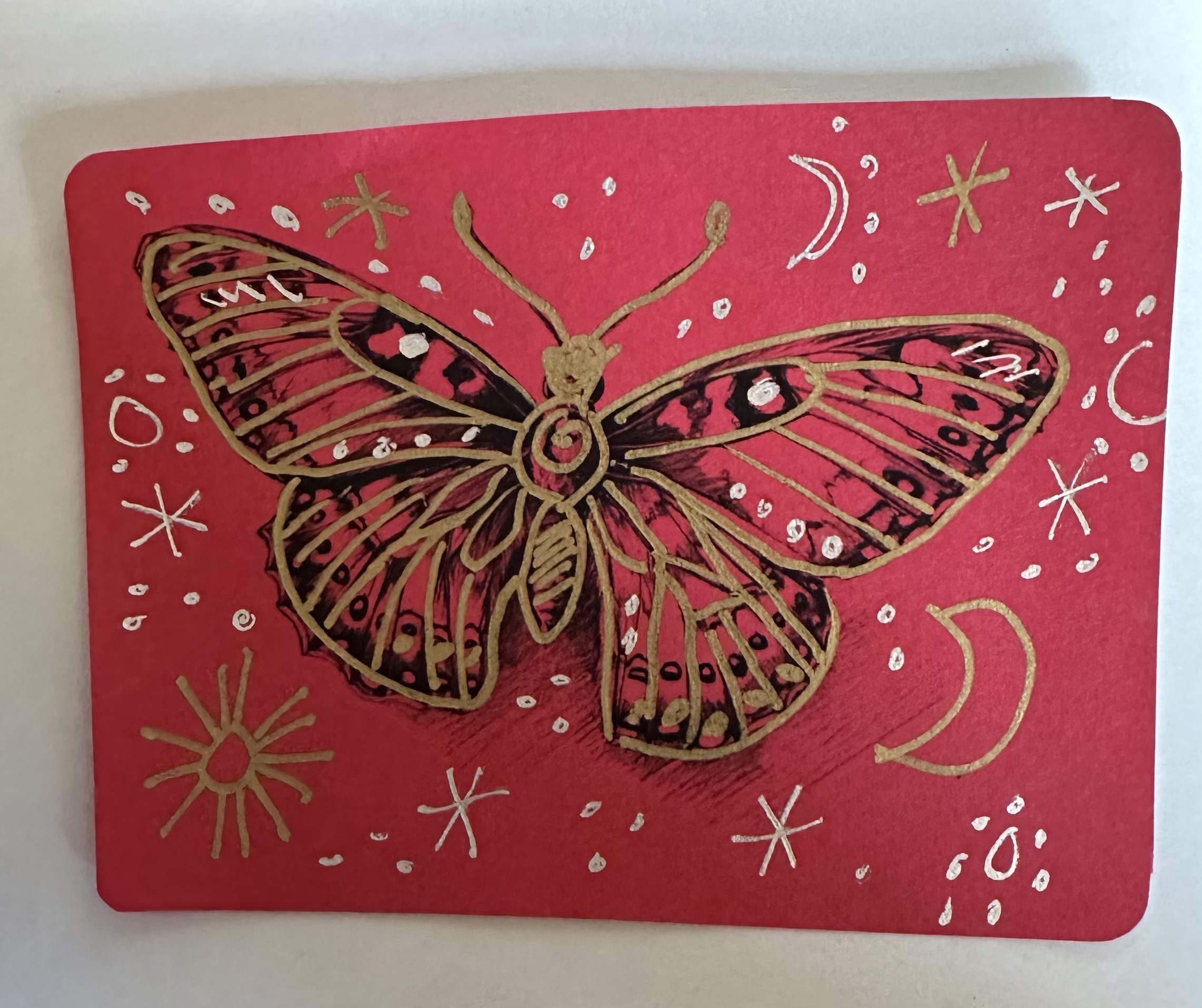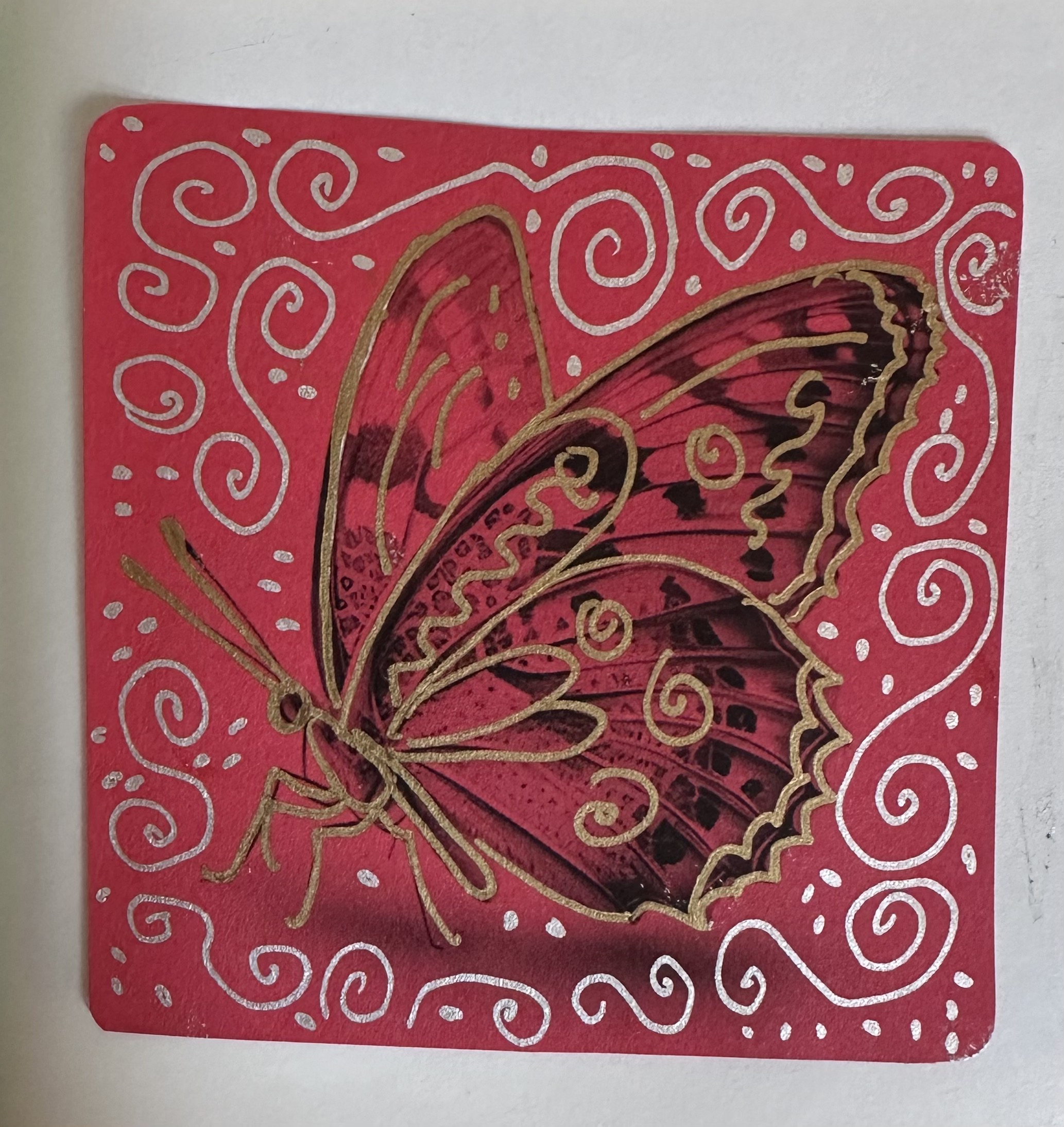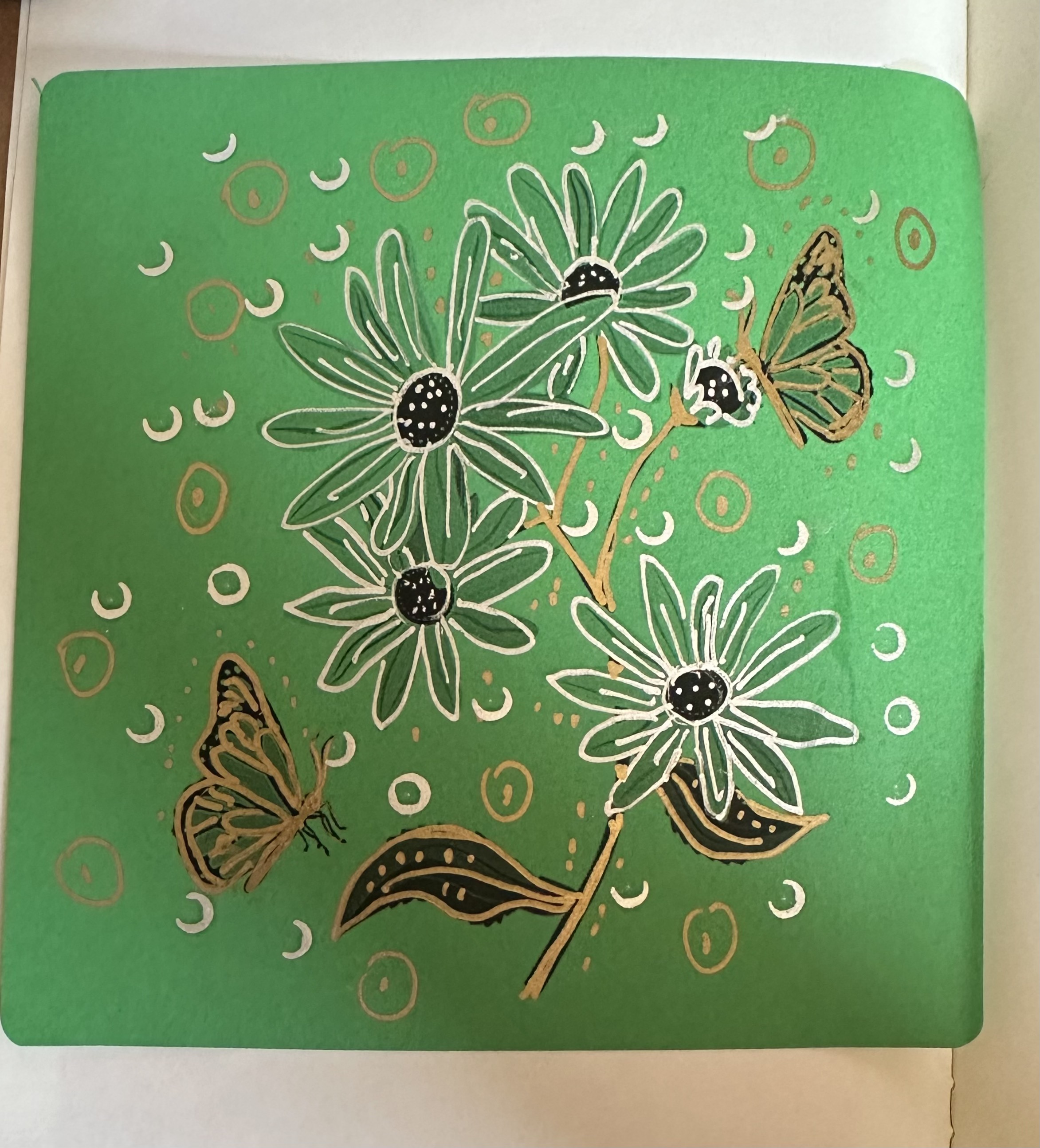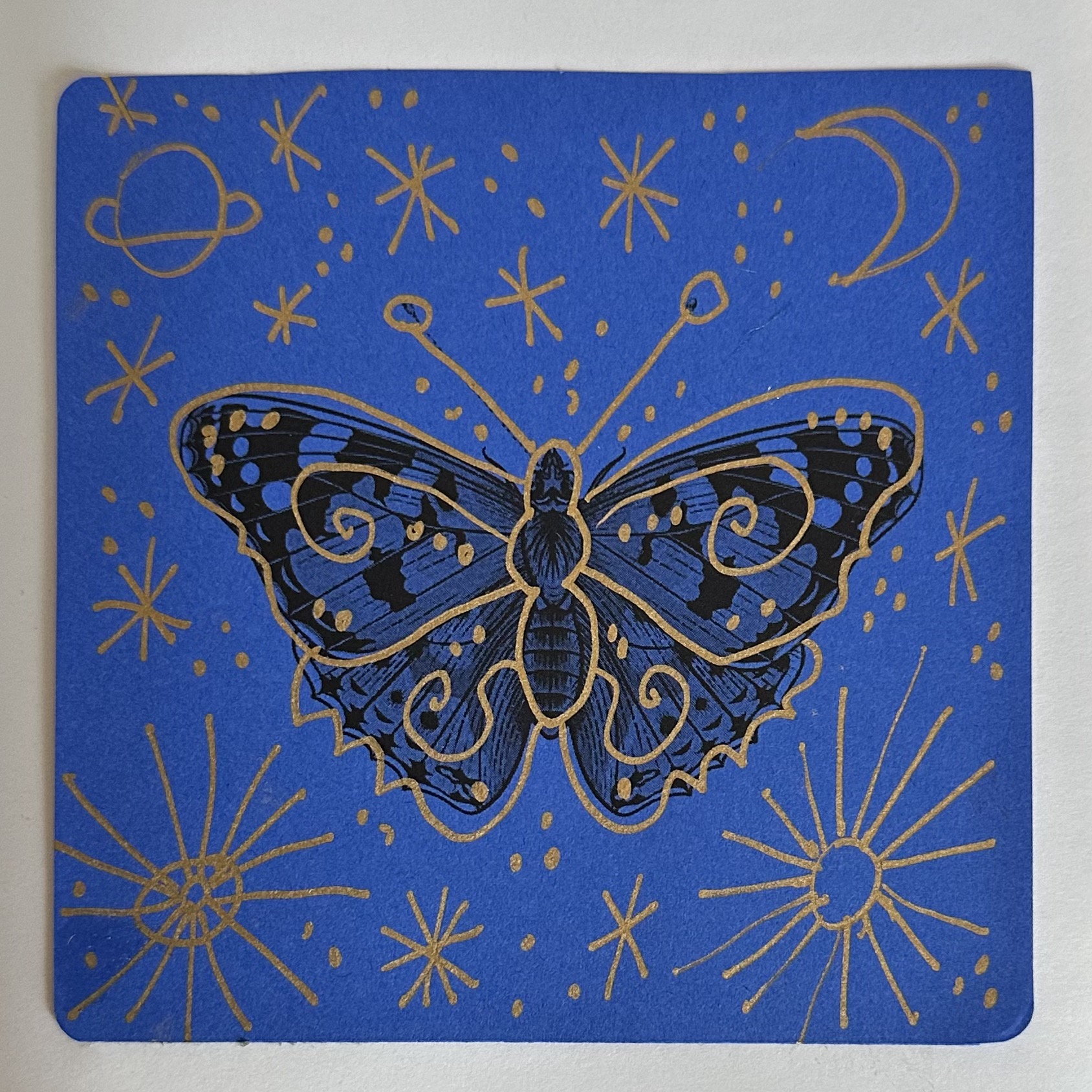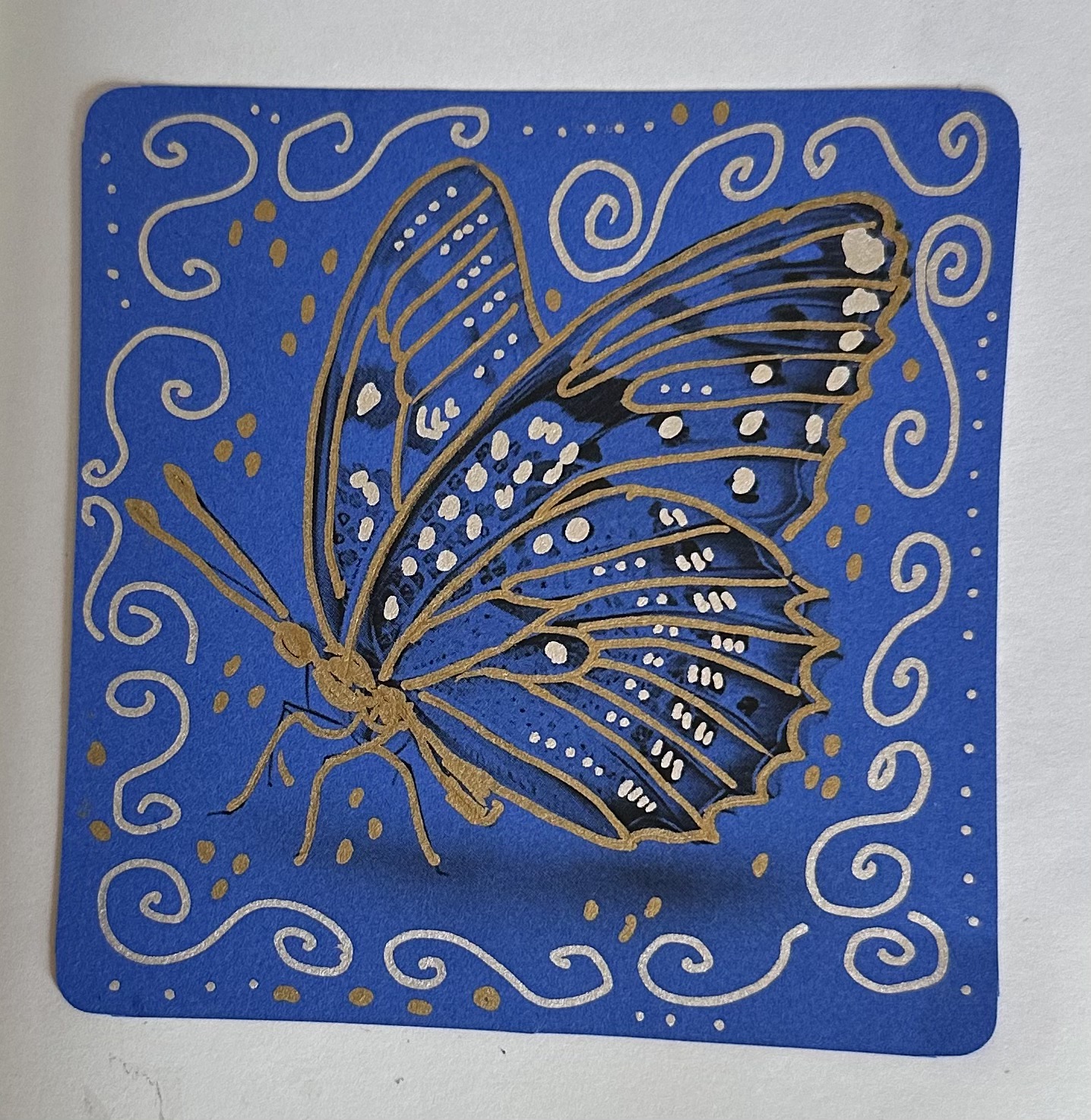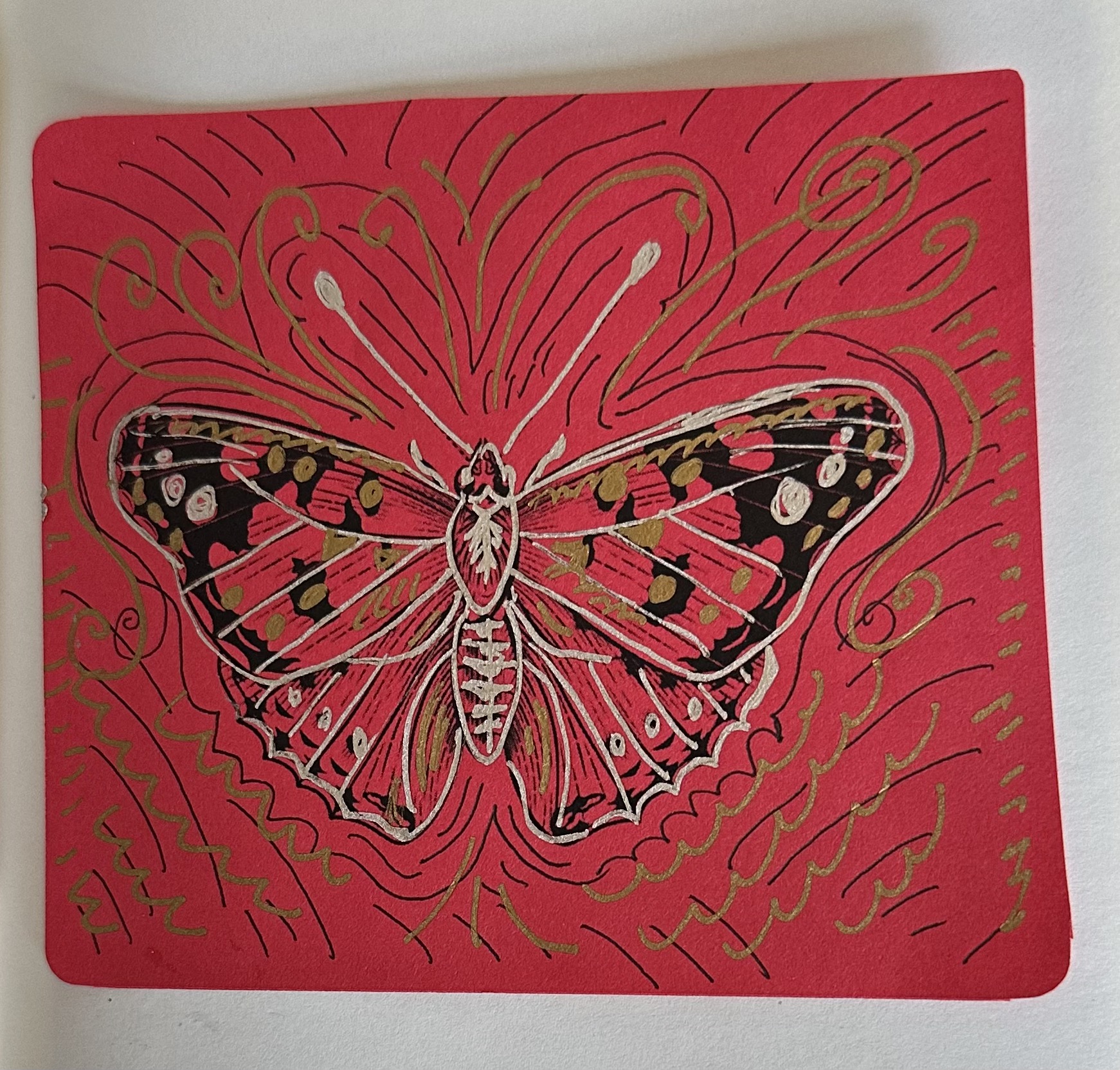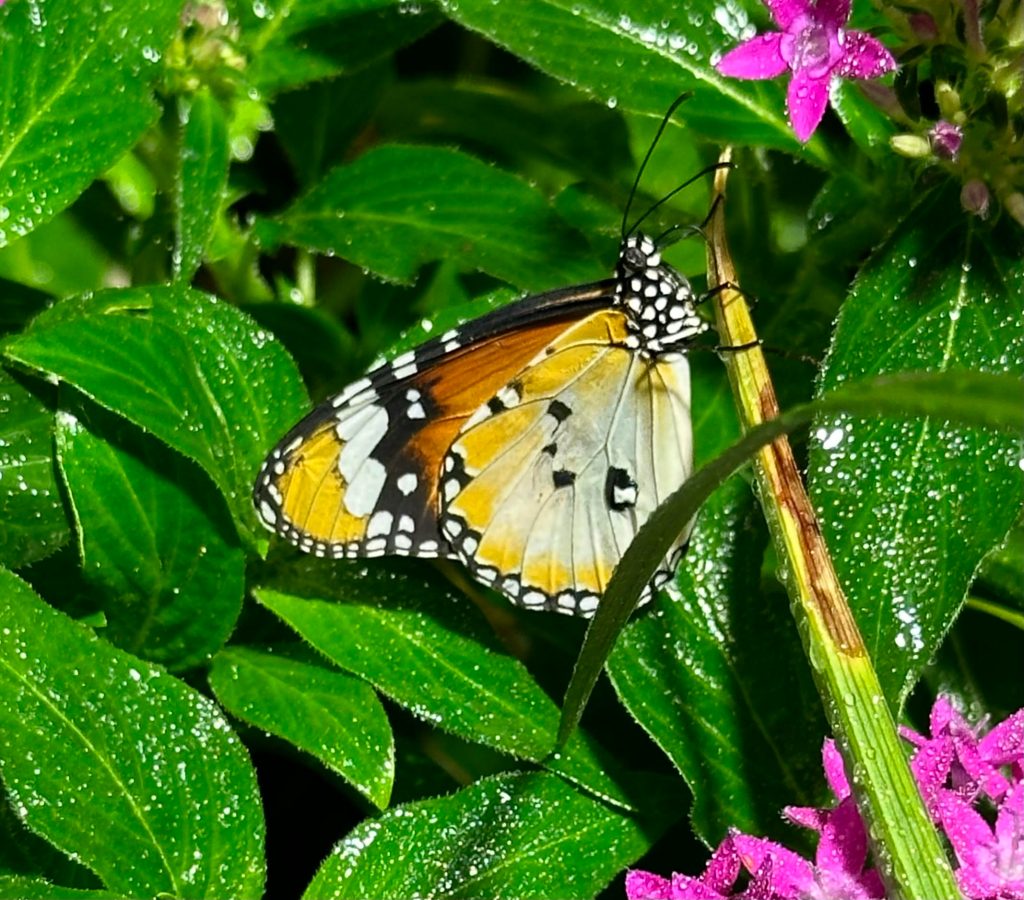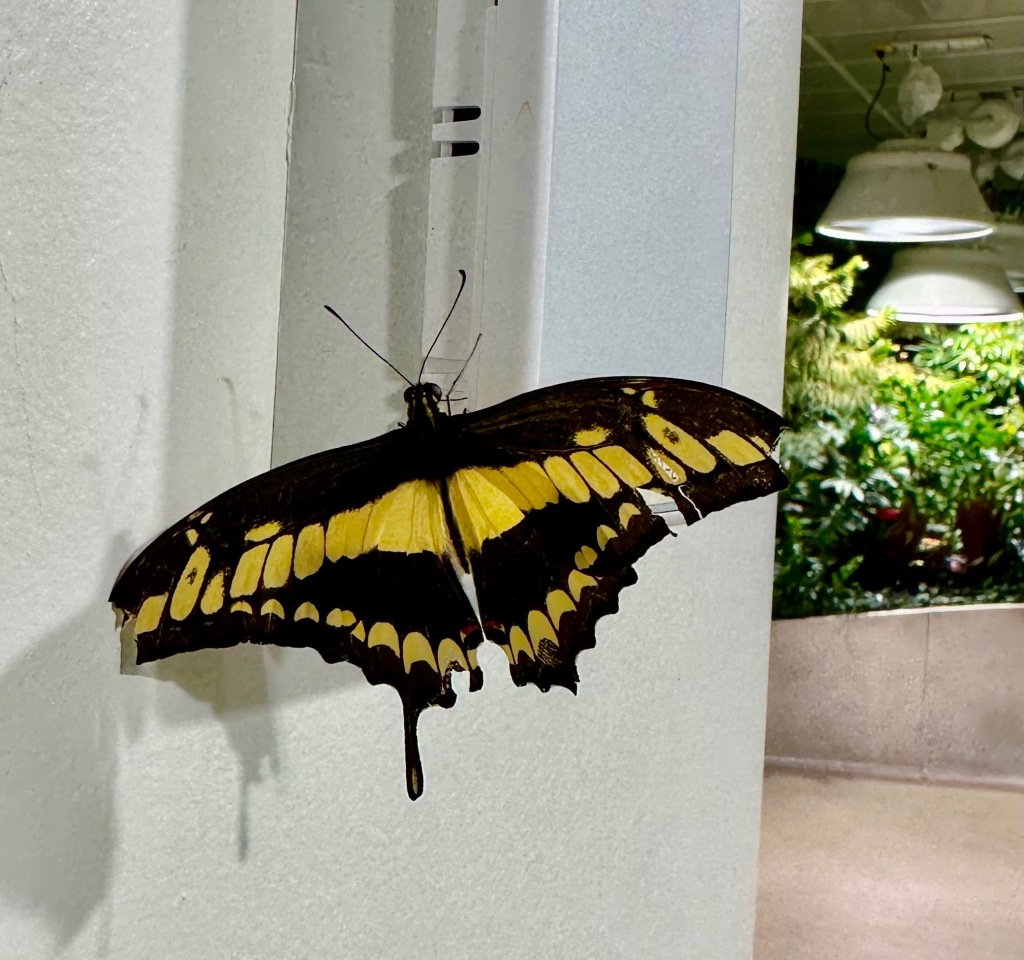
.
Researchers discovered painted ladies on a South American beach and then built a case that they started their journey in Europe or Africa.
The painted lady, or the species Vanessa cardui, is one of the world’s most widespread butterflies, but it isn’t found in South America. Yet there they were, lying in the sand of the continent’s eastern shores, their wings tattered and riddled with holes. Judging by their condition, the bleary-eyed Dr. Talavera, who works at the Institut Botànic de Barcelona in Spain, guessed they were recovering from a long flight.

The insect is a champion of long-distance travel, routinely crisscrossing the Sahara on a trek from Europe to Southern Africa, covering up to 9,000 miles. Could they also have made the 2,600-mile journey across the Atlantic Ocean without any place to stop and refuel? Dr. Talavera wanted to find out.
Following the long-range movements of insects is challenging. Tools like radio-tracking devices are too large for insects’ small and delicate frames, and radar allows for monitoring only of specific locations. Scientists have had to rely on educated guesses and citizen-scientist observations to piece together travel patterns.
A crucial clue to cracking the mystery of the stranded butterflies: Pollen clinging to the butterflies in French Guiana matched flowering shrubs in West African countries. These shrubs bloom from August to November, which matches the timeline of the butterflies’ arrival.
In addition to studying the pollen, the researchers sequenced the butterflies’ genomes to trace their lineage and found they had European-African roots. This ruled out the possibility that they had flown over land from North America.
It’s likely they were on their typical route through Africa when they were swept off course by a strong wind. Once over the ocean, the butterflies kept flying until they reached the shore.
